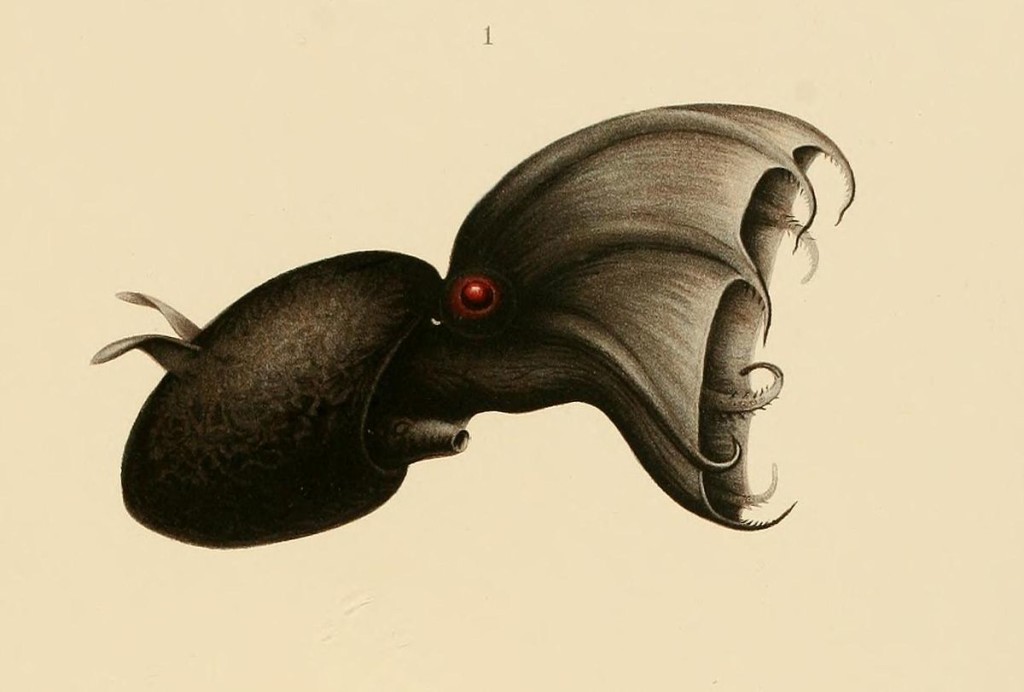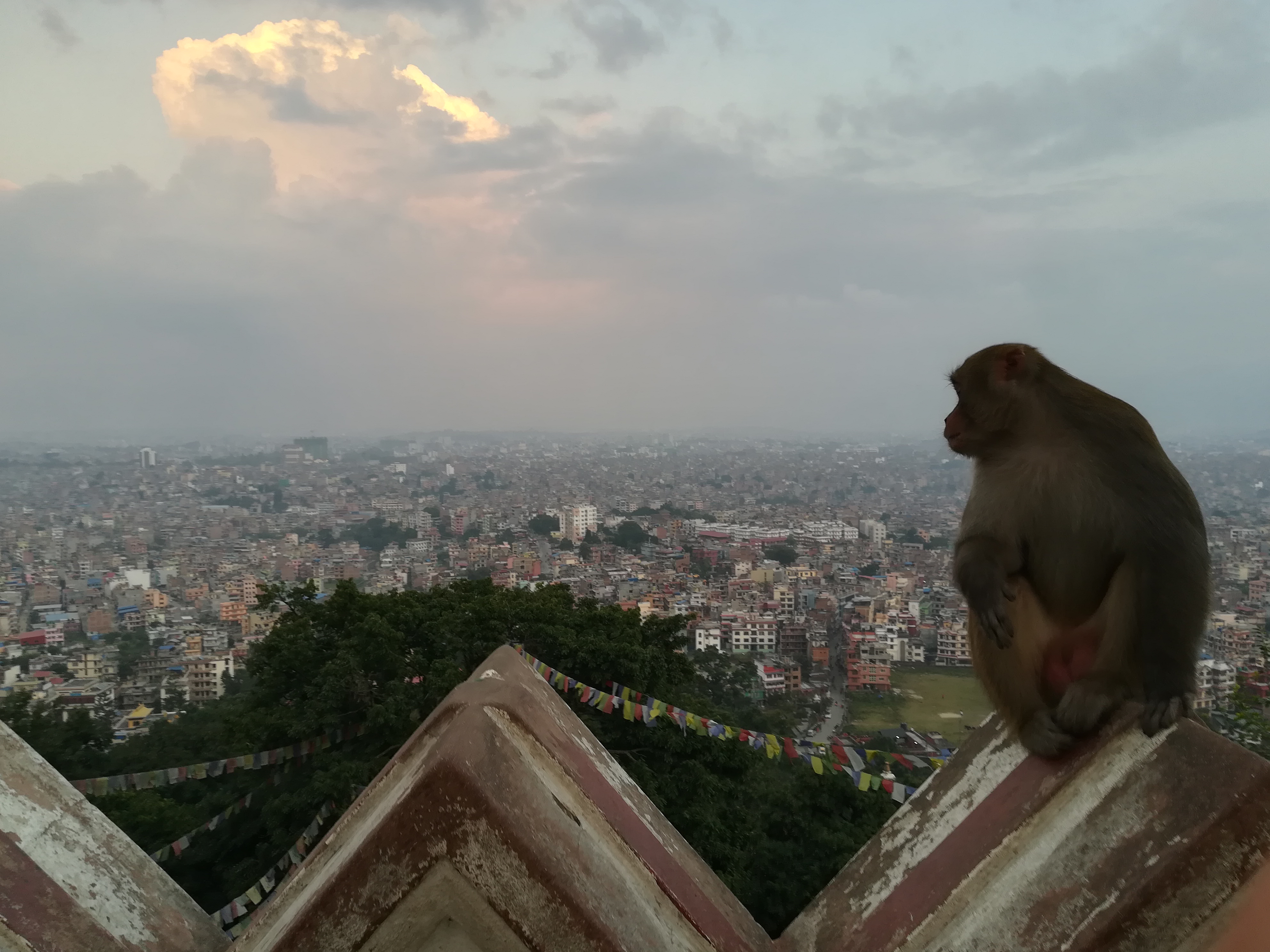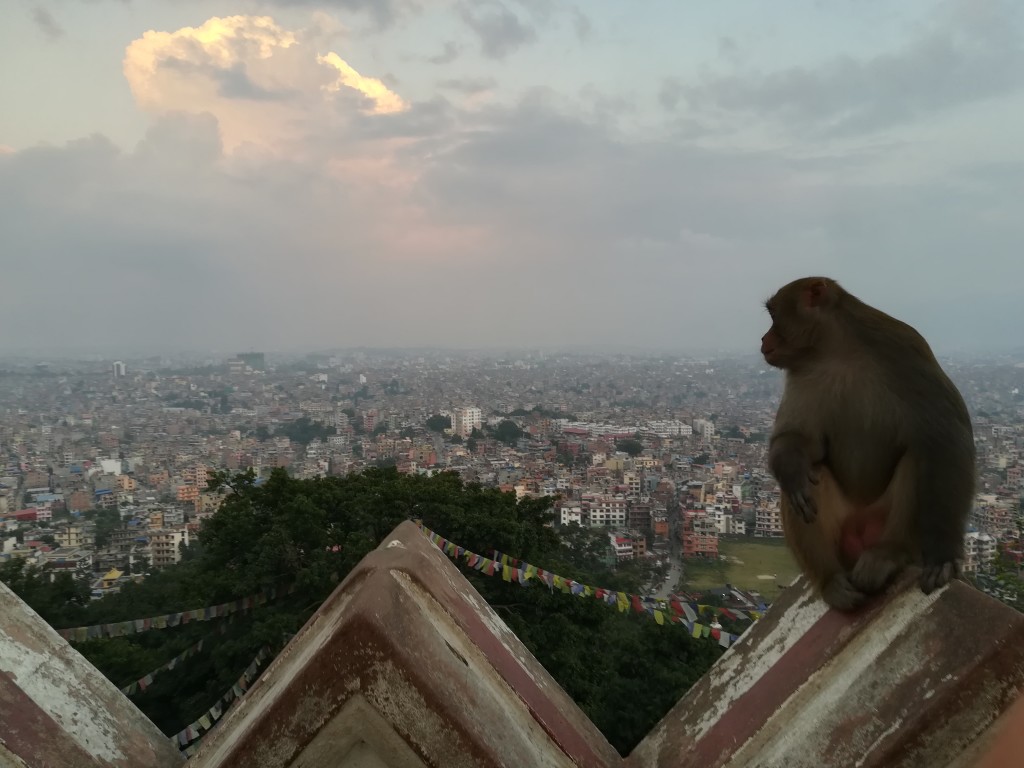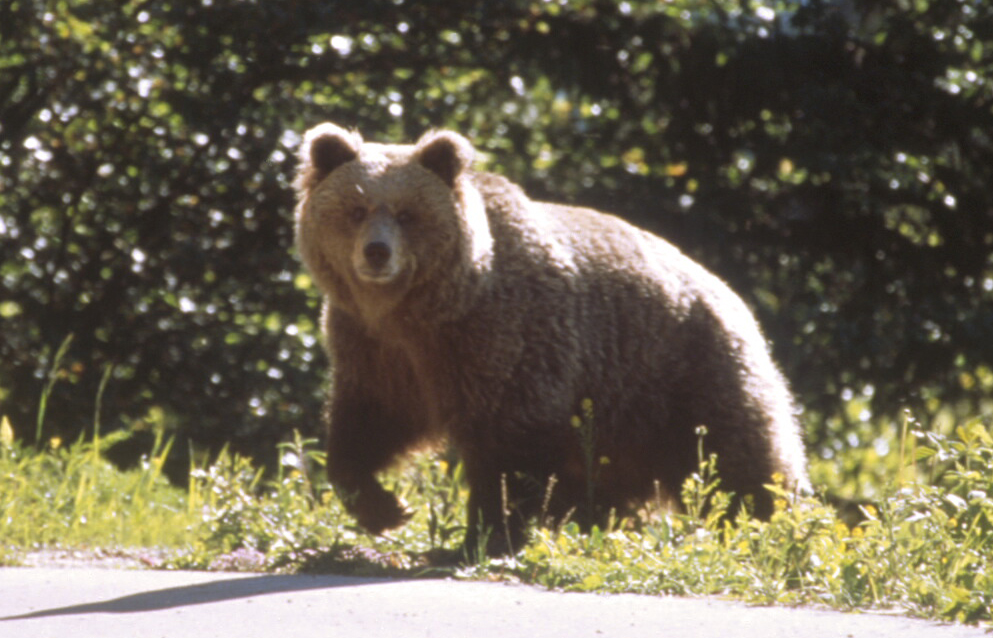A talk given at Conference : Orsi e umani in Trentino.
Videorecording available at https://www.youtube.com/live/P8ZSYzYg7Lo?feature=shared&t=10883
A talk given at Conference : Orsi e umani in Trentino.
Videorecording available at https://www.youtube.com/live/P8ZSYzYg7Lo?feature=shared&t=10883

(with Carlo Brentari and Federico Comollo)
Abstract. We propose the notion of bioability as the subjective correlate to biodiversity. Bioability entails the capacity to maximize the forms and patterns of life within given ecosystems. Cutting across the natural and social sciences, the bioability approach opens up a field for research and intervention, which focuses on the imaginational and aspirational dimensions of terrestrial politics. In the context of increased awareness of climate tipping points, developing bioabilities help advancing experimental practices in ecological conversion.
>>> Draft available upon request.
Co-organised with Carlo Brentari @unitn.
21/10/2021 h.15-18
Andreas Oberprantacher (U of Innsbruck) Political Territories and Borders
26/10/2021 h.15-18
Carlo Brentari (U of Trento) Konrad Lorenz e i fondamenti dell’etologia animale
04/11/2021 h.17-20
Shelley M. Alexander (U of Calgary, CA) Coyote Territories
11/11/2021 h.15-18
Anna Marson (U IUAV di Venezia) Il territorio nella pianificazione
An online seminar series co-organised with Carlo Brentari. Contact me to get the link for joining the seminar!
h.15-17 on
April 8 Carlo Brentari & Andrea Mubi Brighenti (Unitn, organisers) – Introduction & Glossary
April 15 Timo Maran (University of Tartu) – Biomimicry
April 22 Christian Borch (Copenhagen Business School)– Mimesis and Society
April 29 Petra Gruber (University of Akron) – Biomimesis and Biornametics in Architecture

Chapter forthcoming in Caterina Nirta & Andrea Pavoni (Eds) (2021) Monstrous Ontologies: Politics Ethics Materiality. Wilmington, DE: Vernon Press.
+ info | https://vernonpress.com/book/953


The whole S.I. is now out at : https://www.tandfonline.com/toc/rsoc21/16/1
Urban Animals—Domestic, Stray, and Wild
Notes from a Bear Repopulation Project in the Alps

by Andrea Mubi Brighenti & Andrea Pavoni
Finally OUT in Society & Animals
https://doi.org/10.1163/15685306-12341580
Abstract. This piece explores ‘domesticity’ as a social territory defined by the relationship it entertains with the conceptual and material space of ‘the wild’. The leading research question can be framed as follows: do these two spaces stand in opposition to each other, or are more subtle relations of co-implication at play? As we enquiry into the domestic and the wild, a richer conceptual map of notions is drawn, which also includes the public, the common, the civilised and the barbarian. The case study that illustrates this dense intermingling of categories is offered by the case of Daniza, a wild brown bear introduced in the Brenta Natural Park on the Italian Alps in the 2000s, who repeatedly came into unexpected, accidental contacts with humans. Declared a ‘dangerous animal’, Daniza was controversially killed by public authorities in 2014, officially in an attempt to capture her with anaesthetising bullets, but in a way that still leaves doubts about the degree of voluntariness of the killing. The piece argues that the domestic and the wild constitute two semiotic-material domains constantly stretching into each other without any stable or even clear boundary line, and elaborates a series of corollaries for studying animals in urban contexts.
Keywords: Domesticity; Domestication; Wildness; Bears; Urban Animals; Territorial Governance
TOC
Introduction – Domesticity as Urban Prolongation
Conclusions
Currently working (day & night…) at this Special Issue with Andrea Pavoni:
http://explore.tandfonline.com/cfp/pgas/jmv06250-rsoc-si-cfp-urban-animals
An interview with Tali Hatuka originally published in Hebrew at http://urbanologia.tau.ac.il/human-animal-territories/
TH. So, Andre, can you tell me about your project, about territories and what are the key ideas? I mean how do you address the whole concept of territories? Let’s…you know what, what is “territory” for you?